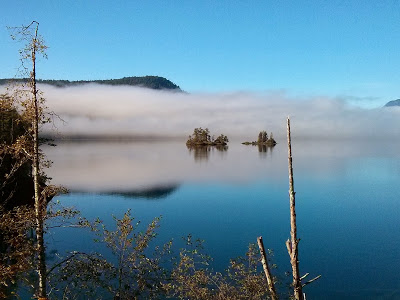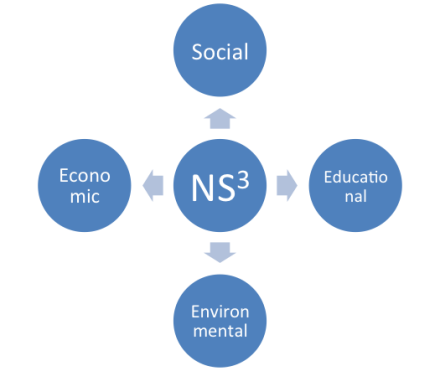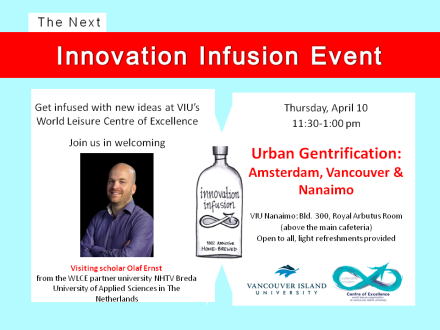
Creating Social Capital Through Youth Engagement: A Sunshine Coast Sustainability Case Study
by Caleigh Ellis
The discussion of population leads in to the first challenge that the SCRD is facing when it comes to building the social capital of youth, compared to the provincial average there is an extreme demographic deficit of residents between the ages of fifteen and thirty. It is important for the District to attract and retain new residents in that age range, but it is equally as important to retain the youth who will grow into this demographic. By continuing to lose community members the state of the community will suffer because there will not be the people necessary to run the local government, work in the local businesses and volunteer with local organizations.
A second issue in the development of social capital was discovered in a survey done by the Sunshine Coast Community Foundations (SCCF)in 2011 found that 88% of young people were not satisfied with the events held in the evenings. This challenges the development of social capital because it is during those types of activities that young people build social ties with each other and social ties are the foundation of the social networks that create social capital. A third issue arose during the creation of the SCRD’s new Recreation Master Plan. A survey of the youth to determine the direction for youth recreation programming was only completed by 14 youth. This is not representative of a majority of youth and there is no mention of other engagement methods, yet the consultants used this information to dictate the future direction of youth recreation programming.
There have been some great community responses in the development of youth social capital. One of the most innovative and successful has been VOICE on the Coast (http://www.voiceonthecoast.com). Voice on the Coast grew out of a stakeholder meeting that recognized that the retention of the younger generation was a serious issue in May of 2010. Voice are advocates for initiatives, participation opportunities, and infrastructure that support a thriving young adult population on the Sunshine Coast. One way they have done this is through a very successful facebook page that has 603 ‘likes’ and a twitter account with over 200 ‘followers’. This is helping to create awareness of the events that are happening in the district that young people could attend and through this attendance strengthen their social capital. Another point that should be emphasized is that the steering committee for Voice on the Coast is comprised of young people from the community, helping to strengthen their social capital as well.
One of the ways that the SCRD can help to develop youth civic engagement is through the development of a regional youth council. This council would be representative of all the areas served by the SCRD and could help with the development of initiatives that could help increase youth civic engagement. In Wangaratta, Australia, their youth council is comprised of 12 youth from around their rural municipality. One of their youth councils biggest accomplishments was the development of the 2009 Youth Forum. It was well attended by youth from the community and allowed the government council a chance to hear issues affecting the youth first hand.
The SCRD may be facing challenges to achieving social sustainability including a demographic deficit of youth people, lack of recreation and social programs for young people, and lost opportunities to involve young people in the planning process of recreation and social programs. There are also many great programs and initiatives in the region that are beginning to challenge the lack of youth engagement and build social capital among the younger residents. Through continued support of these programs and initiatives the SCRD will continue to become more socially sustainable.
Download "Sustainability Case Studies in the Sunshine Coast"




